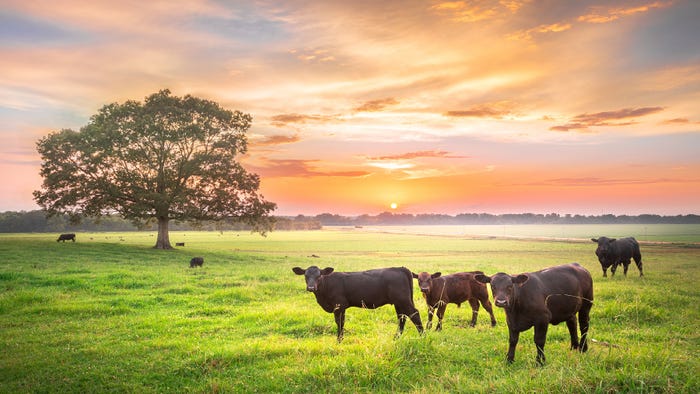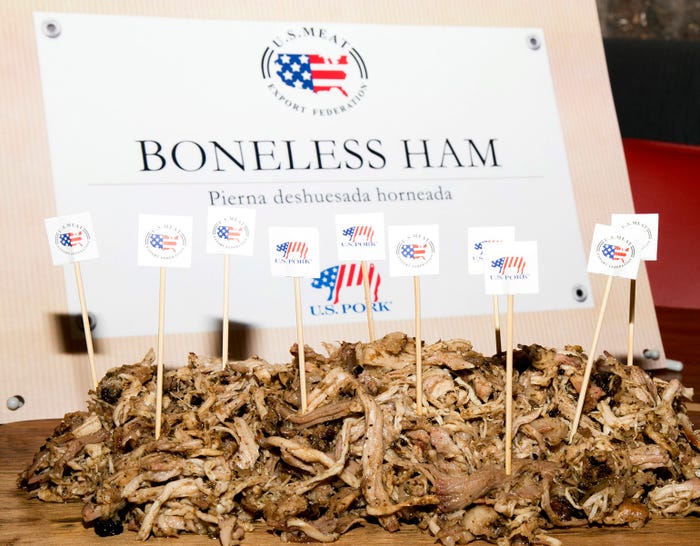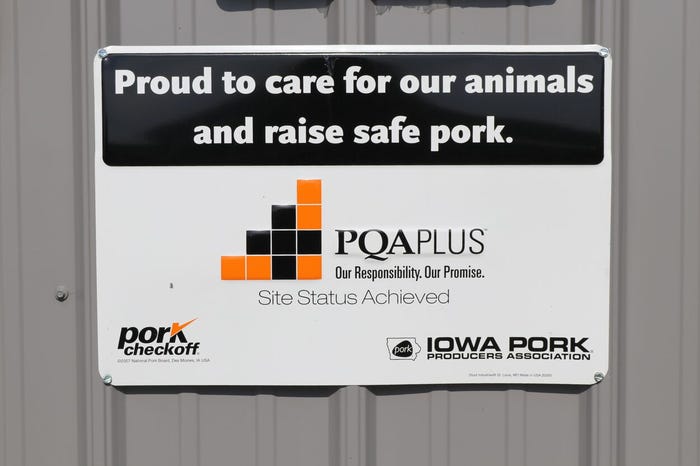thumbnail
Farming Business Management
National Pork Producers Council announces new hires, staff promotionsNational Pork Producers Council announces new hires, staff promotions
Curliss joins organization as vice president of strategic engagement; Zieba, Adams promoted.
Subscribe to Our Newsletters
National Hog Farmer is the source for hog production, management and market news







.jpg?width=300&auto=webp&quality=80&disable=upscale)






























